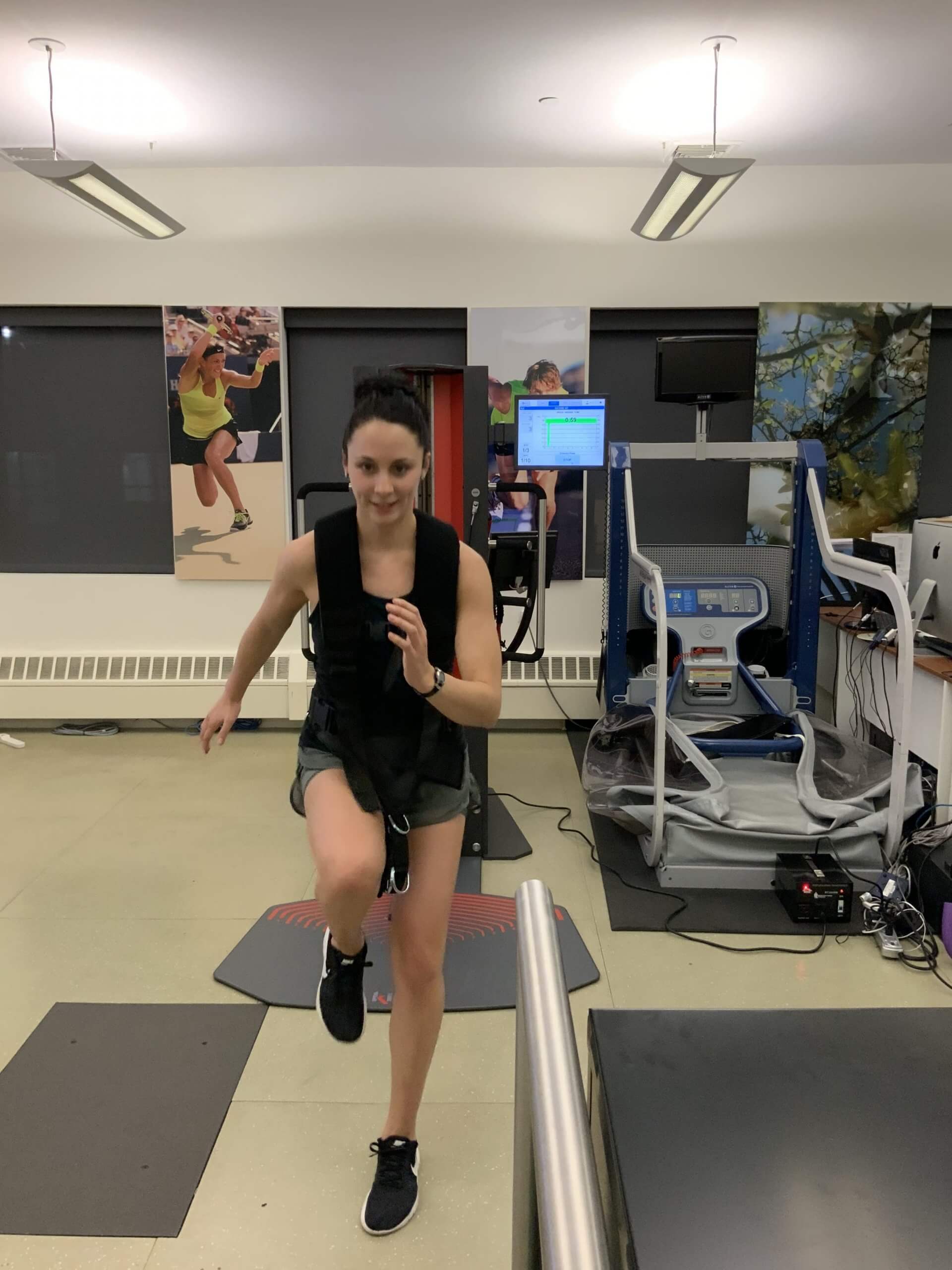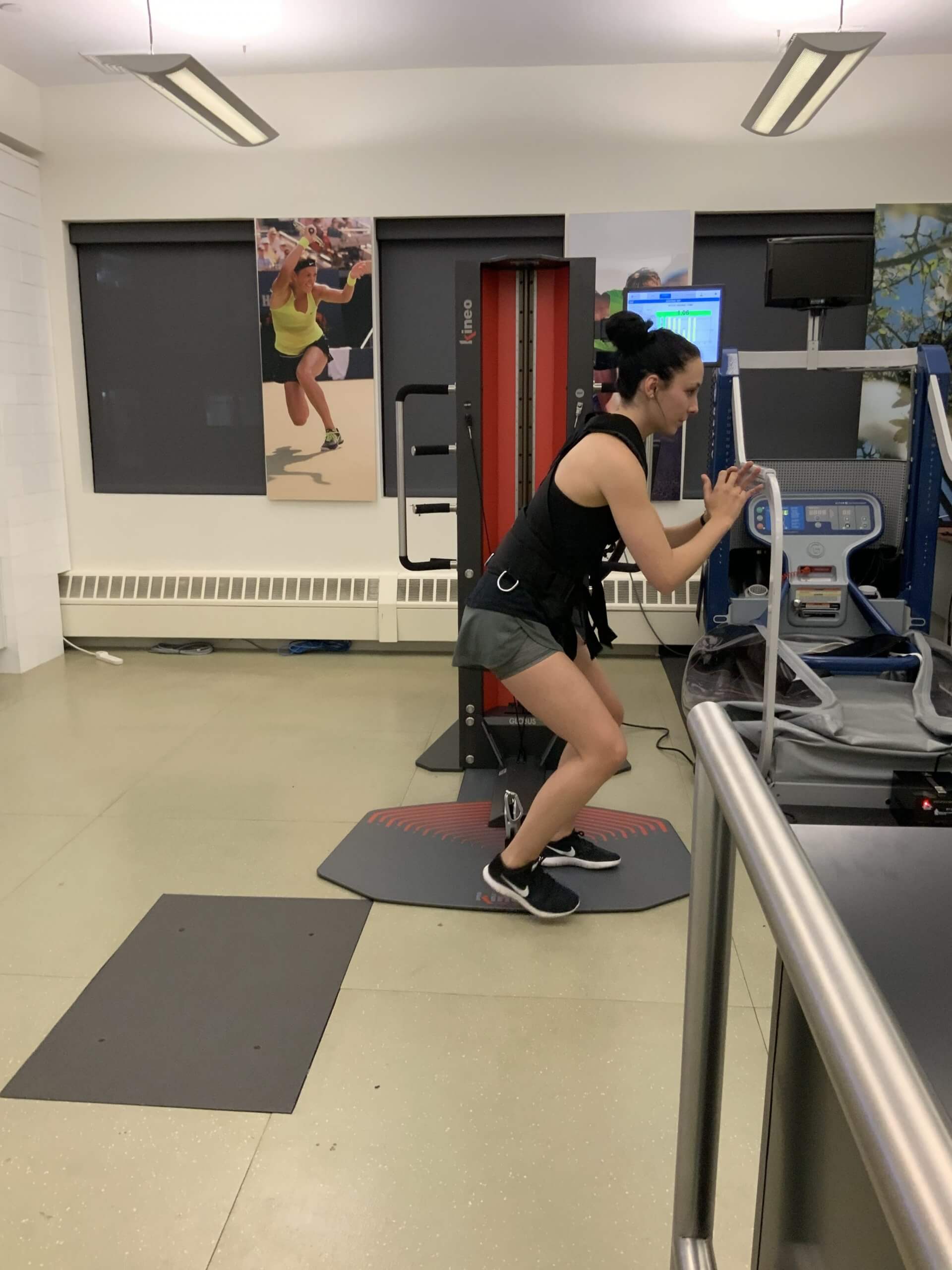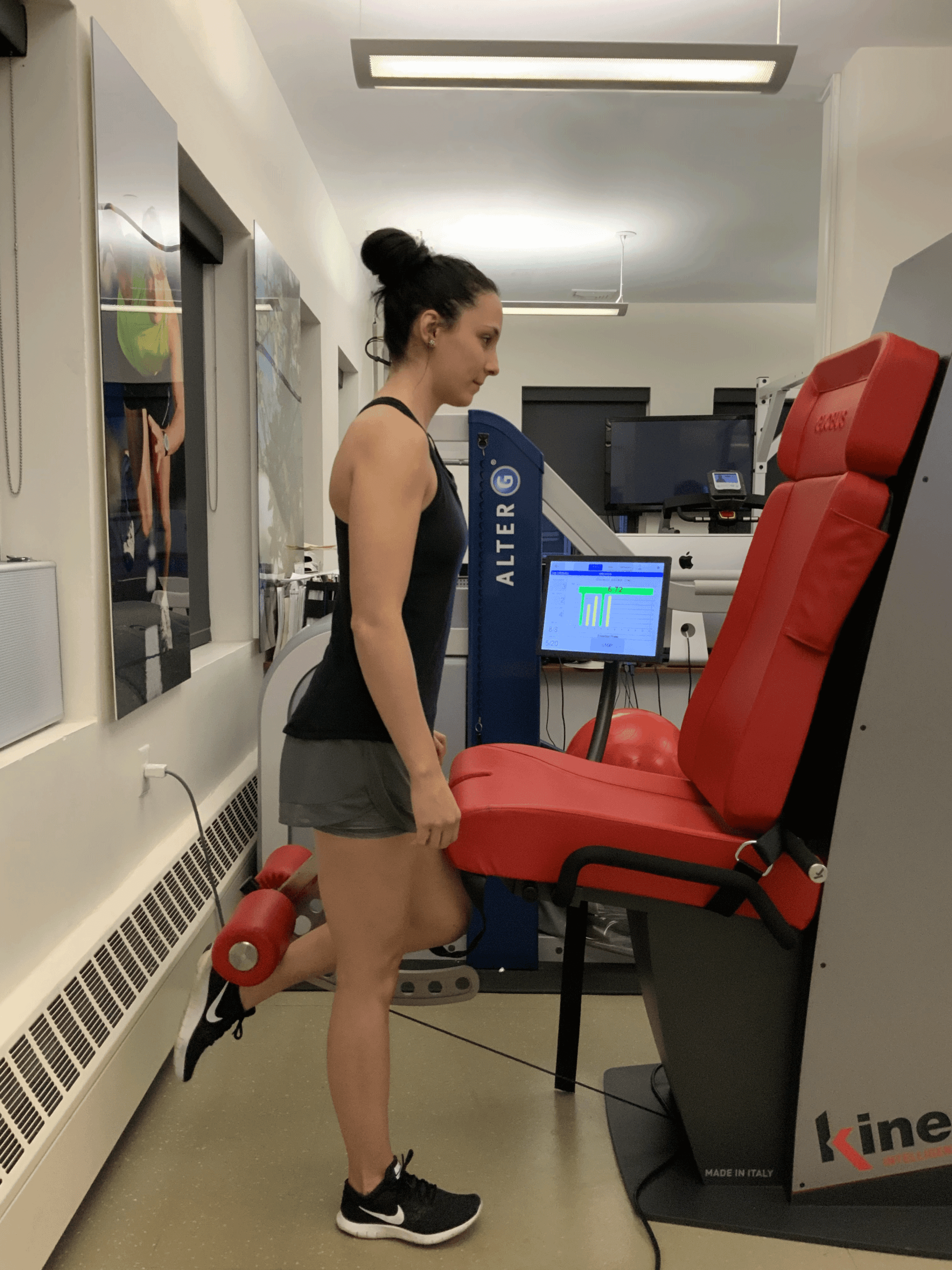May 3, 2024

The term osteoarthritis means inflammation of the joint and bones. This definition presents several problems. A diagnosis of osteoarthritis doesn’t actually explain what the cause of the joint pain is. Pain and inflammation occur as a reaction to ineffective treatment and a misunderstanding of the underlying cause.
When people hear the words osteoarthritis knee pain treatment, they think about getting older and their body wearing out. They may begin to an impending decrease in mobility and activity. Many definitions of osteoarthritis claim that it is a serious disease, which brings up negative connotations. However, if we look at alternative methods of explaining joint paint, some of this fear may subside.
Visible injury of the cartilage is often portrayed as one of the causes of arthritis. Cartilage lacks pain receptogether which causes joint pain. However, a study conducted by Dr. Ali Guermazi, found that several participants who do not suffer from osteoarthritis knee pain had signs of cartilage damage. If cartilage damage is the reason that people experience joint pain, it does not make sense that these participants wouldn’t have any.
Dr. Guermazi studied the prevalence of abnormalities in the joints that were visible on an MRI scan that may be associated with osteoarthritis. 72 of the participants in the study showed signs of osteophytes, which are bony outgrowths associated with joint cartilage degeneration, but had no pain. The study also showed that many participants had cartilage damage and bone marrow lesions, but were experiencing no pain. The study actually showed that there were more people not experiencing pain from their meniscal lesions, than participants who were. Guermazi and his associates did find that these changes occurred much more often in older participants than in younger ones. It is clear that there are a lot of changes that take place in the human body as we age, but scans do not effectively show the appropriate levels of pain associated with these changes.
Knee pain can be caused by a multitude of factory arthritis might just be another word for knee pain and not a valuable diagnosis.
A common belief is that running puts a lot of added stress on the joints and runners are therefore more prone to develop knee osteoarthritis.
Their study shows that there might be an increase in visible evidence of cartilage damage in long distance runners or endurance athletes, but there is not an increase in associated symptoms, such as pain. This is another study that proves that visible features of osteoarthritis do not always correlate with knee pain. The study also found that these activities may even be effective in protecting against joint damage.
In addition tory arthritis.
Joints will adapt to occur. However, if you put the right amount of stress and rest on your joints, the joint will strengthen and adapt.
The right amount of stress to your body and having a professional prescribe the right amount of exercise can be extremely helpful in preventing injury and pain.
The amount of exercise that is appropriate for each individual should depend on SI facto how long the pain is present. Low irritability means the pain disappears quickly, while high irritability means the pain is present for longer periods of time, such as hours or days.
If you are suffering from high SI facto be effective.
Each person should engage in cardiovascular activities that they enjoy the most. Swimming, riding a bike and walking are all examples of cardiovascular exercises to start with. Increase the length of the activity and intensity as time goes on.
There are many exercises that can help relieve knee pain, but there is no specific exercise plan that will work for everyone. Some low stress activities include hydrotherapy, cycling and bridging. Pilates, yoga, squats and lunges put a little more stress on the joints. Jogging, sprinting and plyometrics put the most stress on the body.
Exercise should generally be pain free. Your level of severity should be under three out of ten with a low level of irritability. If the pain is more intense than that, adjust the exercise so that you are putting less stress on the body and experiencing less pain.
The National Institute for Healthcare Excellence states that inflammators.



Dr. Lev Kalika is a world-recognized expert in musculoskeletal medicine. with 20+ years of clinical experience in diagnostic musculoskeletal ultrasonography, rehabilitative sports medicine and conservative orthopedics. In addition to operating his clinical practice in Manhattan, he regularly publishes peer-reviewed research on ultrasound-guided therapies and procedures. He serves as a peer reviewer for Springer Nature.
Dr. Kalika is an esteemed member of multiple professional organizations, including: